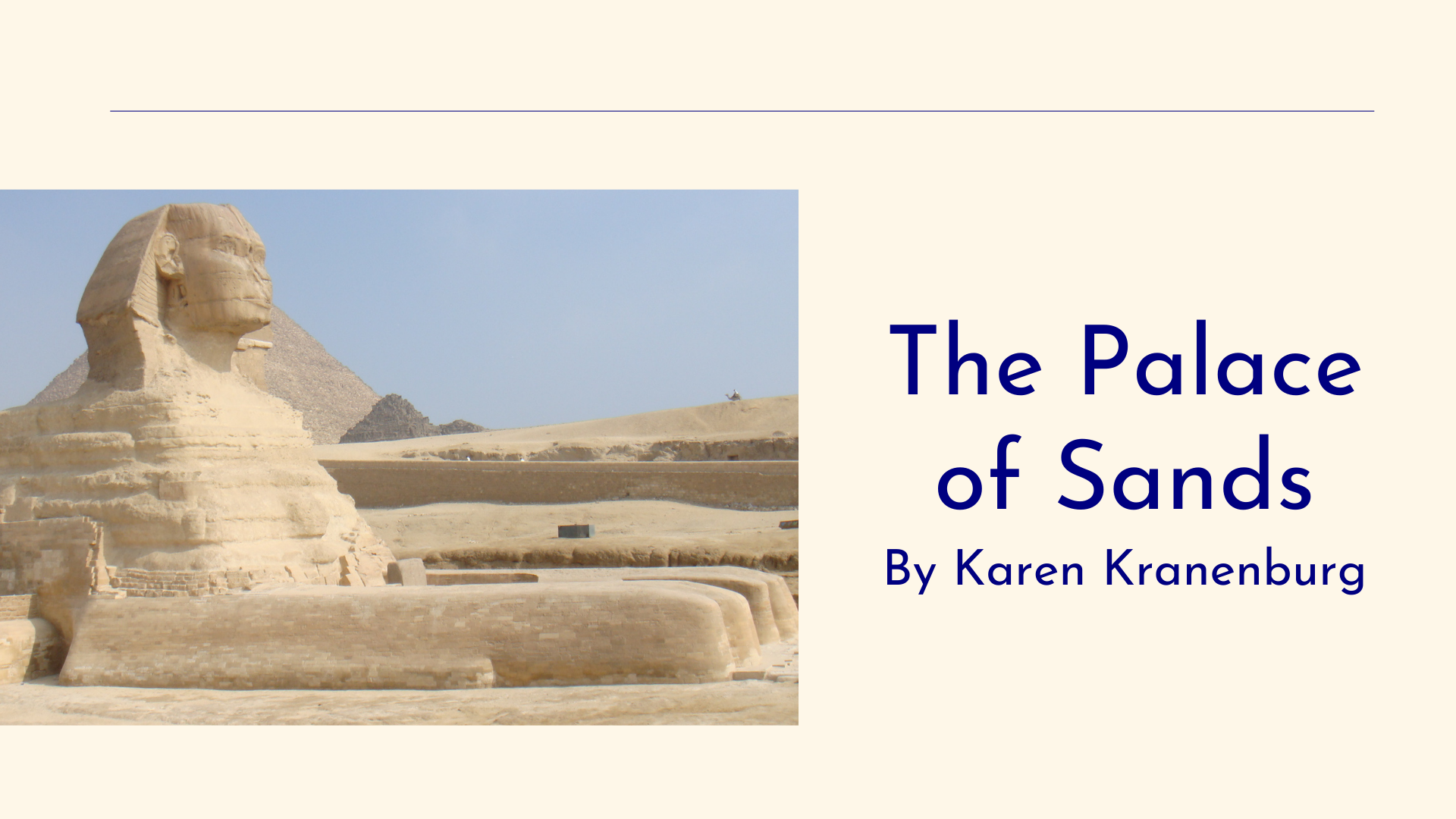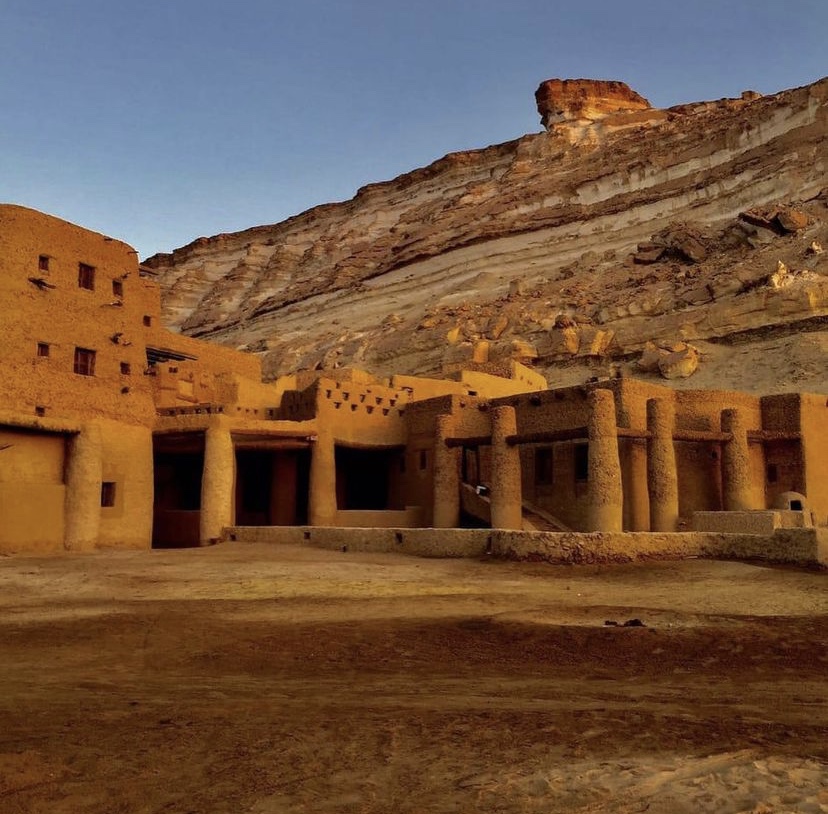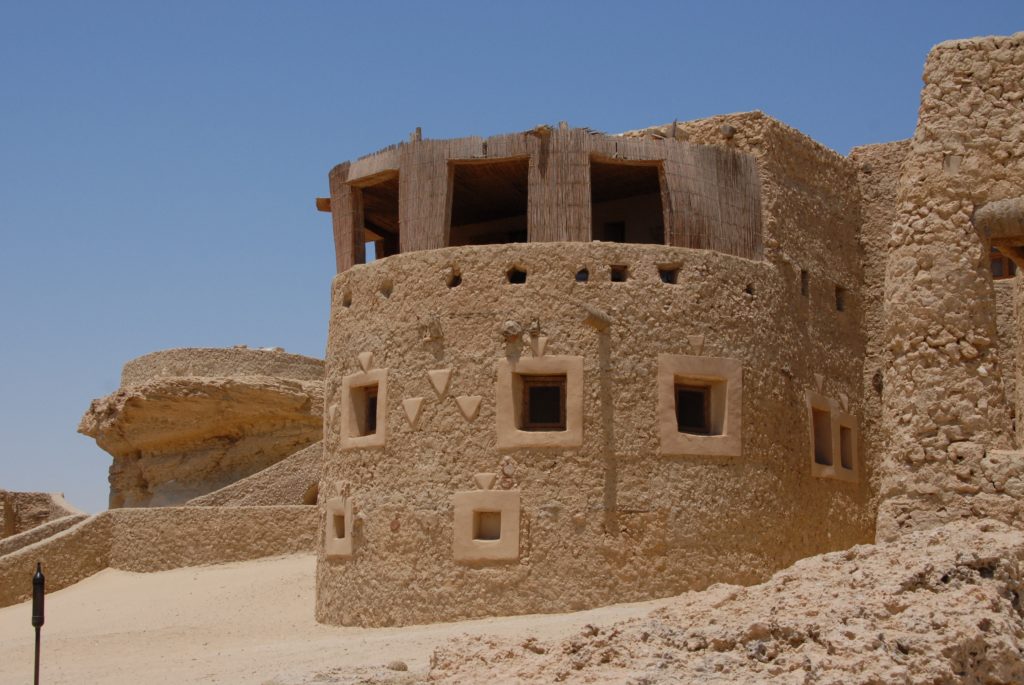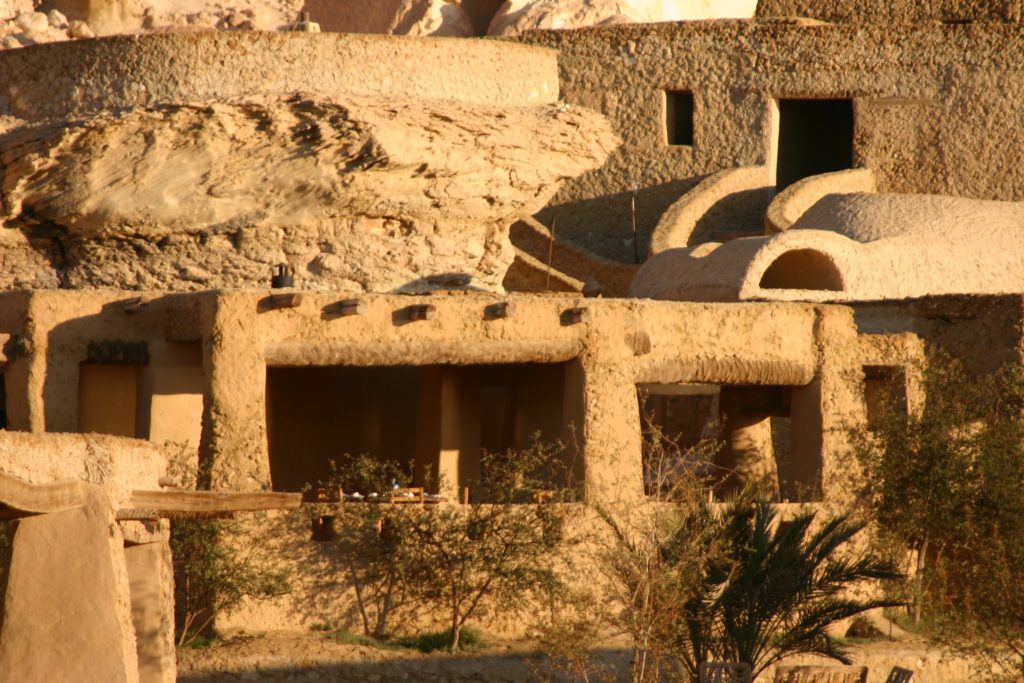When I first visited Cairo about 20 years ago, it was a city I swore I would never return to, as apart from the compulsory sites of the Pyramids at Ghiza, the Great Sphinx, and the Egyptian Museum with its plethora of antiquities from the many ancient civilizations which had been a part of the country’s rich cultural history, the city was chaotic at best, polluted and noisy at worst, with all the charm of a new pair of boots that was two sizes too small… So when an invitation to return to Egypt to attend the birthday extravaganza of my good friend Count Ghislain D’humieres dropped on my doorstep, you could understand my obvious hesitation. But I was ensured that this would be Egypt with a difference, and after all 20 years had passed, the Arab Spring had come and gone; besides, the Cairo part of the trip would only be for a few days, the celebrations would take place in an Oasis in the Western Desert far away from the tour buses and maddening crowds, so on this basis, I packed my Jimmy Choo’s and agreed to return to the Kingdom of the Pharaohs…… The trip that ensued was truly a magical one. A thirteen-hour flight from New York (not so magical) brought me to Cairo… being the height of summer when I arrived, as I disembarked I was hit with this wall of heat which rudely reminded me of where I was, and so the five day Egyptian Odyssey began.
The Greek historian Herodotus called Egypt “The Gift of the Nile,” and along this life-giving river, the ancient Egyptians built their amazing civilization. Occupying a strategic location in the northeast corner of the African continent, Egypt is bisected by the highly fertile Nile valley and is home to one of the oldest civilizations in the world, spanning three thousand years of continuous history. Except for the Nile Valley, over 90% of Egypt’s landscape is inhospitable sandy desert, so despite being one of the most populous countries in Africa, due to the aridity of its climate, population centres are concentrated along the narrow Nile Valley and Delta, meaning that approximately 99% of the 75 million population uses only about 5.5% of the total land area.
The Country is home to some of the world’s most famous monuments, and Howard Carter’s discovery of the Tomb of the boy King Tutankhamen in 1923 only served to increase the world’s fascination with Egypt. Today the country remains a favorite destination of archaeologists, historians, and tourists from around the world, with a staggering 13,600,000 visiting in 2019.
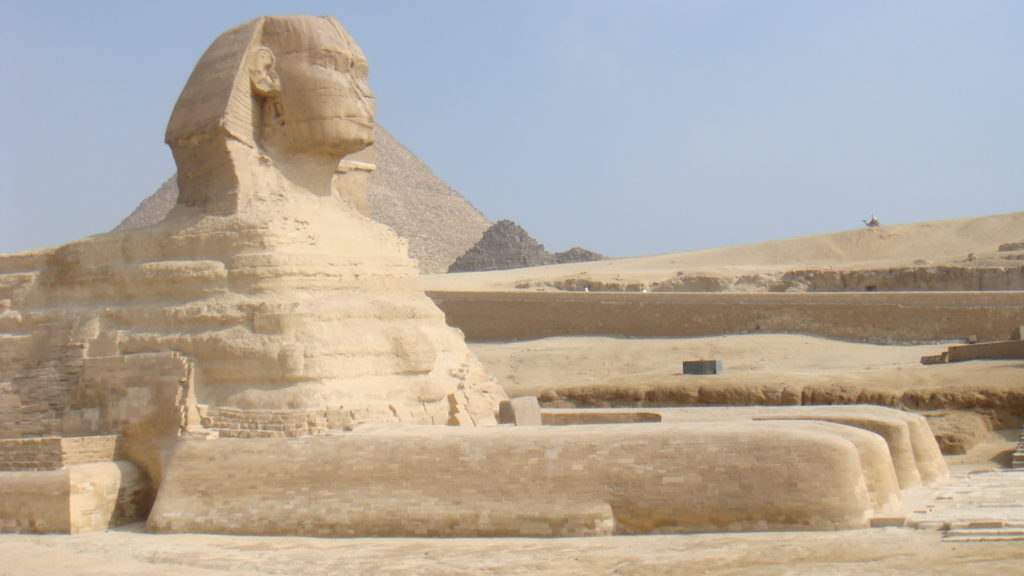
There however is another side of Egypt, far away from anything that you will find in a travel agent or tour operator brochure; this is Egypt for the intrepid traveler…..luxurious but still relatively unspoilt and above all eco friendly…This was the Egypt that I was here to discover.
When considering a luxury Egyptian holiday or any Egyptian vacation for that matter, the Siwa Oasis, and Adrère Amellal is not a place that would immediately come to mind. In fact, you’ve probably never heard of either. However, in these days of $37 a barrel oil, the constant threat of global warming, and a world where increasingly things are being thought of in “green” terms… solar power, wind farms, electric cars… and the list goes on, going to a “resort” which was sensitive to environmental issues on one hand, but pampered you like royalty on the other, whilst imbuing you with a definite feel-good factor has got to be a plus. The Adrère Amellal resort in the Siwa Oasis, is an innovative “model– for profit” conservation project, not only for Egypt, where its rapidly growing population, limited arable land, and on-going dependence on the Nile River, all continue to overtax resources but for the rest of the world rapidly awakening to the effects of our toxic lifestyles. The brainchild of owner, engineer, and environmentalist Dr. Mounir Neamatalla, Adrère Amellal is unique in all of Egypt — an “eco-lodge” that may be the final word in roughing it sensuously. Ranked Egypt’s leading Green hotel in the 2019 World Travel Awards, Neamatalla calls Adrère Amellal “an event in the desert between man and nature”, having attended, I tell you it is an event which we all should experience at least once in a lifetime.

So where is Siwa, and where is the Adrère Amellal Resort and why is it considered an essential part of a few knowledgeable people’s Luxury Egyptian holiday?
Siwa is a large famous Sahara Oasis in the North West corner of Egypt, inhabited as early as 10,000 BC by an indigenous community of nomadic Berbers. In ancient times, the Oasis was an important stopover along the caravan route running from North Africa to the Arabian Peninsula and beyond. It was also considered to be one of the world’s most important oracle centers. Such was its reputation among the Greeks, it was to Siwa 2,300 years ago that Alexander the Great came to consult the Oracle of Amon to confirm that he was the son of Zeus, and it was here that he asked to be buried. Today, the Oasis is known for its spectacular landscapes, lush palm and olive groves, salt lakes, and some 230 natural freshwater springs that represent the principal life support system of the Oasis. Having lived in isolation from the outside world over long periods of their history, the Siwans have acquired a distinctive cultural heritage, whose most striking features include the Siwi language, unique customs and traditions, and a singular architectural style that relies on the use of rock salt for construction.
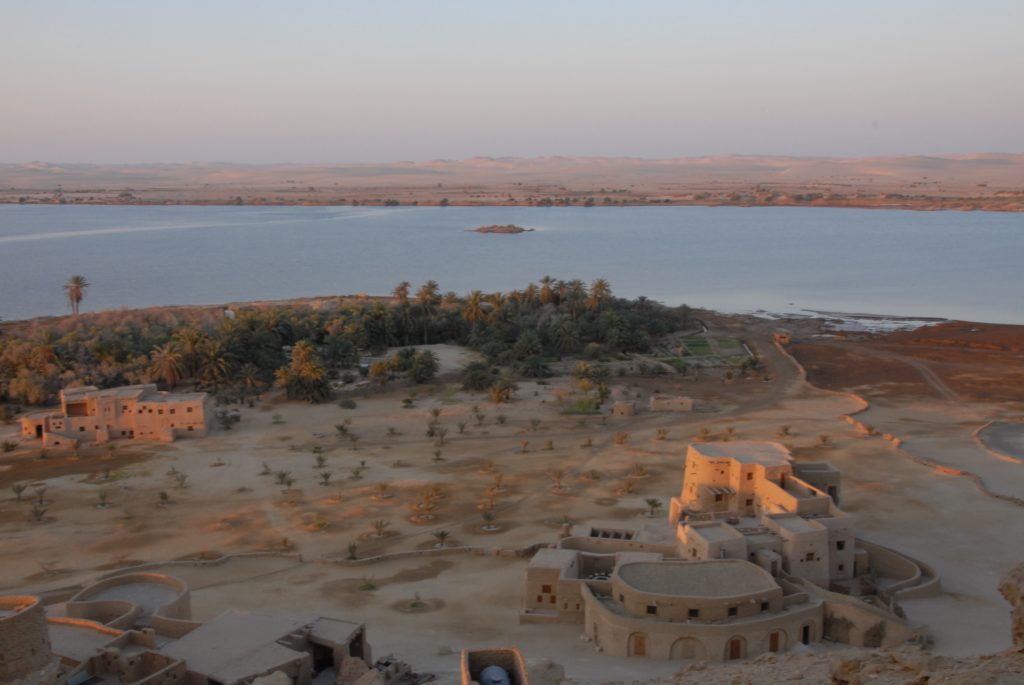
The Siwa Oasis is about 50km from the Libyan border; these days it is a dusty nine-hour drive from Cairo; before the highway was built, it was 16hours!!! Luckily for us we arrived in only an hour and a half; as there were 60 of us, we did the not so eco-friendly thing of chartering a private jet to take us there, landing at the local military base… Although they tell you that the drive from the airport to the “resort” is only 10 minutes, it is actually more like 30; you soon come to realise that Siwans have no concept of time….. nor do they want to.
Siwa is the perfect antidote to the chaos and congestion of Cairo.
Here the pace of life is slow and breathtakingly beautiful, on one hand, the surrounding landscape evokes images of Lawrence of Arabia, on the other I felt like a participant in a Camel Trophy expedition, as we were met at the airport by a convoy of Land Rovers, that transported us, to what one could only describe as “desert heaven”. The trip from the “airport” to the “resort” was like a mirage, with vast expanses of salt lakes and warm water springs surrounded by serene sand dunes peppered with palm and olive trees with the Sahara desert stretching out around you for as far as the eye can see; not a tour bus or overzealous tourist in sight…
And after a rather hot and sandy thirty or ten minute drive (the Land Rovers are not air-conditioned) depending on whether you were on Western or Siwan time, there rising out of the desert, like a palace of sand, was the Adrère Amellal resort, situated at the base of the majestic white mountain. As sixty hot and thirsty multinational travellers (we had ventured from the four corners of the earth for this “event”) tripped out of what would be our preferred mode of transport around our desert oasis for the next three days, our welcome was as warm as the desert heat, and one could instantly feel the stress of our daily lives start to ebb away as we were greeted with hearty smiles and a cool drink, though the hibiscus juice was my personal favourite, everything from Grey Goose to Bombay Sapphire, Pepsi to Soda Water was readily available. The only scarcity was ice, but then again, we were in the middle of the desert where temperatures at times soared to an astounding 120 degrees… Despite the fact that we were thousands of miles away from any major city, the level of organization and attention to detail was amazing; I knew that my Jimmy Choos and I were going to be right at home here for the next few days. I felt like Salome Queen of the Desert, and to say that I was treated like visiting royalty, would not be an understatement. Our luggage had been sent on before and was already waiting in our rooms for us when we arrived; all that remained was for us to have lunch, another extravagant affair, and a well-earned siesta, a ritual that I was to become all too used to in the ensuing days…
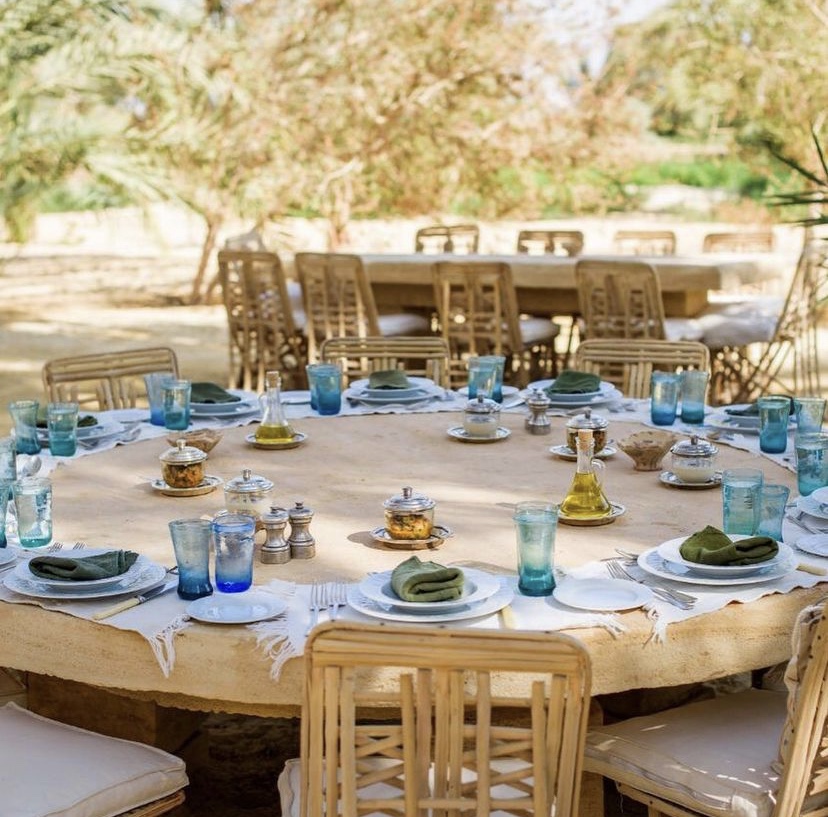
Adrère Amellal consists of a series of traditional Berber houses that have been restored into ten suites and twenty-seven Kasbah style rooms, all offering genuine comfort, and constructed from kershef, a naturally heat-resistant mixture of rock salt and mud, a method that keeps indoor temperatures moderate and ensures that the structures blend with the natural environment. The walls are made of sun-dried salt rock mixed with straw, and palm is used for the stylish roof. The ceilings are beamed with palm logs, and the rooms are furnished simply but elegantly with carved wooden trunks and Bedouin rugs and poles for hanging clothes. True to its eco-friendly mantra, everything is made using materials sourced locally and constructed by the labour of local artisans. Every single room has its own verandah with a view of the Siwa Lake and “Great Sand Sea”, natural breezes produced by strategically placed doors and unpaned shuttered windows eliminate the need for air conditioning, luckily, as there is no electricity (at all), so whilst water always runs hot in the shower you can forget about blow-drying your hair. Lighting is provided by hundreds of locally made beeswax candles and oil lamps, No phones (anywhere). No heat (unless you count the intense desert heat or the charcoal braziers placed at your feet on cool nights, or the bonfires where Siwan dancers and singers hold forth), plumbing is safe for the fragile desert ecosystems, and when they tell you that the beds have 600 thread count Egyptian cotton sheets, they are not joking…. Who would have imagined that life in a mud hut would be so stylish and comfortable?
For those of us who cannot bear to be disconnected from the outside world, smart phones do work here, because of the proximity to the Libyan border, the area is a militarised zone, and whilst there is no means of charging your battery at the “resort”, the staff will happily take it in to town to re-charge it for you….. so whilst you might be in one of the remotest parts of the world.. you certainly are not isolated… If you so choose not to be.
It is not long though before the incredibly relaxing pace of life at this eco-lodge will really have you chilled out, and shedding the confines of Western clothes for the traditional loose flowing Djellaba’s. There are no room keys and no central reception area. The staff, who are all Siwi, are highly trained and seem somehow to be able to anticipate your every need, and though they may seem invisible, if you really need them, you will find them, or they will find you.
The Siwa Lake, on which the “resort” sits is as salty as the Dead Sea, so the locals reckon, and it is almost impossible to submerge in it, it is great for the skin, so a dip is obligatory, as is the ritual of covering yourself in the mud from its shores and sitting in the intense heat whilst it dries on you… it is ideal for treating exzcema and other complaints of the skin.
The rather elegant pool, which is the nucleus of the resort is supplied by an ancient Roman spring, and is encircled by date palm trees which shade the elegant loungers that surround the pool – it’s Nikki Beach Saharan style.

The food is simply delectable, giving new meaning to the notion of organic dining. You will try fresh yoghurt, thick date syrup, olive jam, local fruits, home-made breads, and very rich home grown and ground coffees at breakfast time.
Lunch and Dinner are cooked in traditional Siwan earthenware pots glazed with honey, using herbs and vegetables picked from the “resort’s” organic garden. Lunch is usually vegetarian, and served by the pool, hidden in a shady palm and olive grove, and the evening meal which has a meat base, is a moveable feast taking place either way out in the desert, amongst the dunes under the stars or in a different space each night, depending on the weather and always eaten by candlelight… I ate heartily three meals a day for four days, and did not gain a single pound. The food was not only plentiful, but it was fresh, it was healthy and cooked only with natural ingredients.
And any resort, of course worth its salt (excuse the pun), has a spa… and Adrère Amellal is no exception, it is a haven of peace and relaxation, where a daily 1 hr massage only serves to relax you even further and reinforce the absolute tranquility of the surrounding space. In another nod to the sustainable development of the area, there is even a boutique on site, which sells handicrafts manufactured by the local Siwan women, who traditionally have been kept behind closed doors or entirely concealed under flowing robes during rare ventures into town. The boutique showcases finely crafted jewelry, objet d’arts, and the intricately embroidered clothing for which Siwa was once famous, an art which had been slowly deteriorating and which now, as a result of Laila Neamatalla’s efforts, have found their way onto the catwalks of Paris & Milan.

Adrère Amellal is truly an amazing place, close to the many sights of Siwa, such as Cleopatra’s bath, the Temple of the Oracle Amon, and the 13th-century-old enclave of Shali, which guests can tour at their leisure. We took daily four wheel drive treks into the “Great Sand Sea”, where guides brewed traditional Arabic tea as we watched the sun set over the largest sand dune in the world. Alternatively one could climb the great White Mountain, do Yoga by the pool, or for the more energetic amongst us take a morning ride out into the desert. All of the activities are included in the price, as the resort is “all inclusive”….. but this is “all inclusive” with a particular kind of Je ne sais quoi.
My most enduring memory of my four days at Adrère Amellal; as the desert heat is so intense, in the summer-time Siwis tend to sleep outdoors, and the same is the case for guests at the “resort”, aside from your indoor bed, there is also a bed on your verandah, where you could sleep at night. At my request, my outdoor bed was placed on the roof of the Spa – so each night I went to bed in my 600 thread count Egyptian cotton sheets, and drifted off to sleep with the incredible desert sky with its millions of stars twinkling above me and awoke in the morning, with the fiery desert sun rising above the Siwa Lake. Truly an unforgettable experience.

After four days, I had completely unwound, and if truth be known I could have stayed for another four days, the pace of life was a genteel one to which you could easily see yourself adapting. Without a care or stress in the world except which bathing suit to wear today, or which outfit to change into for dinner.
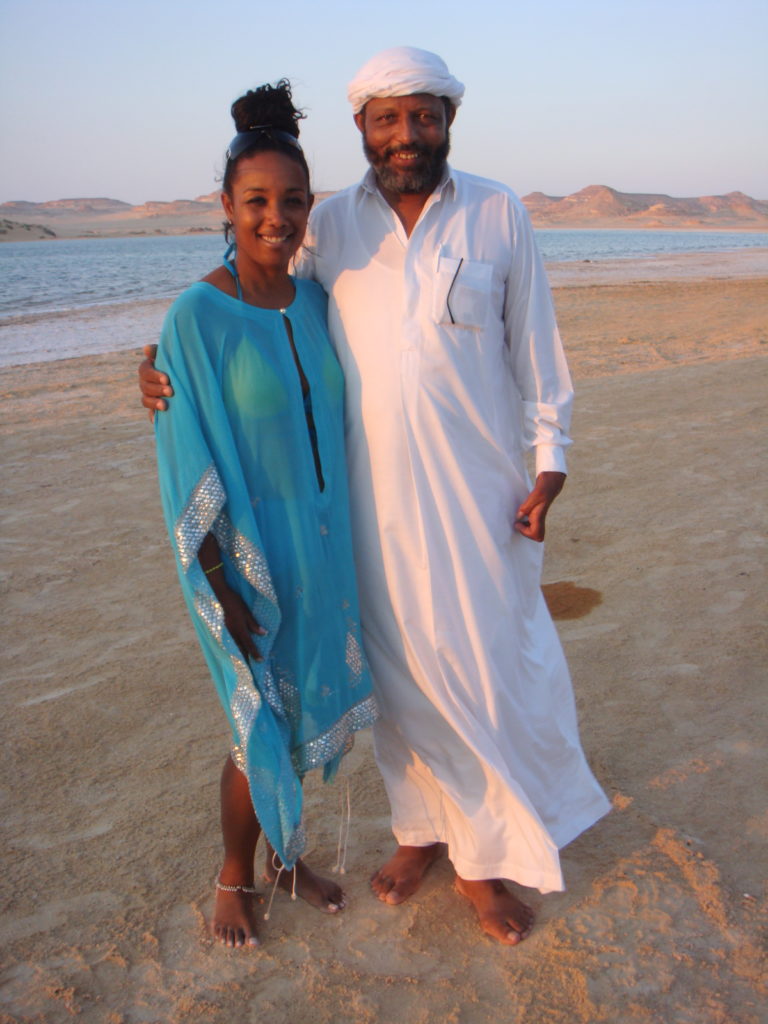
As for Dr. Mounir Neamatalla’s vision of sustainable development for the Siwa Oasis; Adrère Amellal is the real deal, and wholly lives up to it’s eco–friendly claims. The initiative has brought significant benefits to the local community, by drawing on old wisdoms, traditional skills, and creativity of the local community whilst complementing them with modern know-how to efficiently develop the project, at the same time as protecting Siwa’s delicate ecology, and revitalizing its unique cultural heritage. The restoration of the property has led to a revival of Berber architecture in Siwa, and Environmental Quality International, the company behind the resort, is using its revenue to market Siwan handicrafts and oasis-grown produce around the world. Siwa is certainly a model of sustainable development that could serve as a source of inspiration for other communities globally. I, for one, was spellbound by my Saharan adventure, and I have a feeling that most visitors leave Adrère Amellal with the same feelings of sadness on one hand, but contentment and serenity on the other.
For further information on Siwa and Adrère Amellal, visit www.adrereamellal.net

The polo bug bit Karen Kranenburg over 20 years ago, better known to her friends as the Global Nomad, she has traveled to over 96 countries; from scaling the heady heights of Mount Everest to diving with sharks in Borneo… Her travel stories have been published in numerous magazines and newspapers around the world. For more “postcards from the world” and other inspirational destinations from her global travels, check her out on Instagram @karenkranenburg

